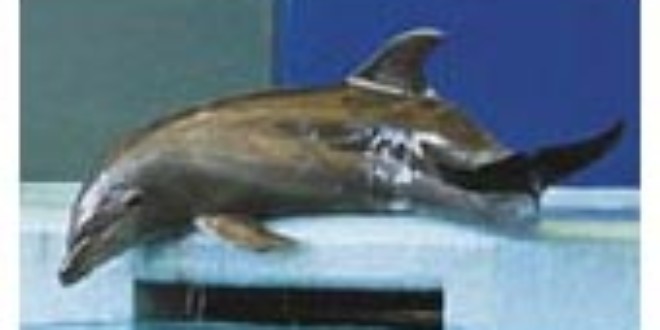(De peta.org)- PETA envió hoy una carta a Carlos Brito, del gigante InBev, ofreciendo en nombre de un donante la compra de uno o más parques temáticos de SeaWorld. Si Brito acepta la oferta, el donante de PETA planea rehabilitar las orcas y otras especies en los santurarios de la costa y dejarlas en libertad. Las exhibiciones serían substituidas por una pantalla de último modelo y mamíferos marinos virtuales usando tecnología similar a la de “Caminando con dinosaurios”.
“Esto podría ser el fin de la injusticia en el SeaWorld, donde las orcas y otras especies de delfín son aprisionados en minúsculos tanques y obligados a realizar estúpidos trucos”, comenta la Directora de PETA Debbie Leahy.
“
PETA’s letter to InBev CEO Carlos Brito follows.
August 14, 2008
Carlos Brito, CEO
InBev NV/SA
Dear Mr. Brito:
I am writing on behalf of PETA and our more than 2 million members and supporters. PETA recently contacted InBev asking it to retire the Budweiser Clydesdale horses. Thank you for your commitment to looking into that issue further. We understand that once the acquisition of Anheuser-Busch is complete, SeaWorld amusement parks might be up for sale. A PETA donor has expressed interest in purchasing one or more SeaWorld marine mammal parks with the intention of releasing the captive animals to transitional coastal sanctuaries and replacing the live-animal exhibits with state-of-the-art virtual-reality exhibits.
We are very interested in this offer because the intelligent, social animals imprisoned at SeaWorld are and denied everything that is natural and important to them–all in the name of ‘entertainment.’ Many of these animals were violently captured from their ocean homes and are confined to tanks that, to the animals, are the size of a bathtub. In the wild, orcas and other dolphin species swim up to 100 miles a day in the open ocean, but captive cetaceans swim in endless circles in small tanks full of chemically treated water. Orcas and other dolphins have highly sophisticated sonar systems, and the reverberations that bounce off the walls of their barren surroundings cause some animals to go insane. Many are forced to learn circus-style tricks, and according to whistleblower tips from trainers, withholding food and isolating animals who refuse to perform are common training methods. Premature deaths of animals at SeaWorld are also common. Just this past April, a dolphin at SeaWorld’s Orlando facility died after she collided with another dolphin while performing a stunt, and a baby killer whale died at SeaWorld’s San Antonio park in June, just months after Taku, a male orca, died from pneumonia at the same facility.
Humane alternatives to these animal prisons—such as virtual-reality exhibits—can provide visitors with an exciting, educational experience. Large, open areas with immersive 3D video projections would allow visitors to view and interact with virtual orcas and other dolphin species. Incorporating light and motion sensors, sound sensors, computer consoles, and touch screens into the design would give visitors the opportunity to interact with virtual sea life. The experience would be like watching free-roaming wild animals, whereas captive animals’ unnatural and repetitive behavior patterns–which are linked to their oppressive environments–are dull to watch and provide little educational value.
We urge you to allow the animals at SeaWorld to experience a more natural environment and give visitors an unforgettable 21st century techno-experience. I would appreciate hearing from you. Thank you.
Sincerely,
Kristie Phelps, Assistant Director
Animals in Entertainment Campaign
 
 Ocean Sentry
Ocean Sentry




